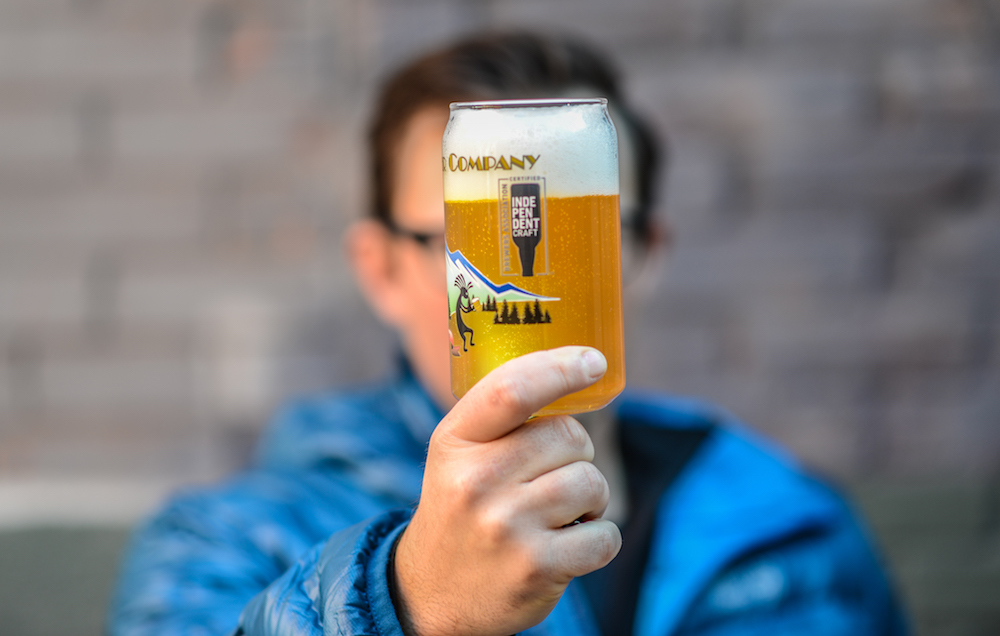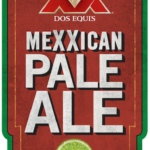Craft beer has entered a new phase. No longer a booming new trend, but now firmly established, the category has experienced some growing pains. But there’s still plenty of opportunity and innovation as new consumers enter the category.
For a look at where craft beer stands in 2018, I recently spoke with Julia Herz, Craft Beer Program Director for the Brewers Association.
Kyle Swartz: Are you concerned with craft beer’s recent growth?
Julia Herz: The growth has slowed in craft beer, but we’re still seeing growth. We reported a 5% volume increase for small and independent breweries in 2017. We’ve come out soon with our mid-year numbers, and there is still growth. Though again, it is slowing, and it’s something we’re definitely watching.
KS: To what do you attribute this slowdown?
JH: There are multiple headwinds right now for craft brewers and beer. Consumer tastes are shifting. More people are enjoying more different beverages, across the board in all categories.
‘Local’ is no longer enough anymore to separate craft brewers. There are more local distilleries, and many local wineries have learned and implemented tactics that they learned from the successful local brewers.
As for craft brewers, there have never been fewer distributors than before. There are less than 1,000 distributors doing beer now, for 6,000-plus breweries with more than 100,000 beer brands. There’s more and more competition to get distribution. It’s never been harder to get the attention needed to get to market.
The last headwind for craft is acquisitions. Big Beer buying up formerly independent craft brewers. These beers are showing growth because they’re plugged into broad, existing distribution models. Those are competitive advantages against craft — especially because Big Beer is not putting its name on these beers’ labels.
KS: So authenticity in craft has become important.
JH: It’s important to many beer-lovers that they drink authentic craft. Not all care, but enough do. Our research showed that 90% of craft beer drinkers wanted a certified mark on beers so they could understand the brand’s ownership.
We released an official craft beer seal on June 27, 2017. Retailers can get POS supporting this seal for free. We have all the info on brewersassociation.com.
We also suggest that retailers group their independent beer brands together around the POS as a further callout.
KS: Do you see retailers making mistakes with craft beer?
JH: We think retailers take the wrong view towards craft brewery taprooms. There’s been a rise in them because more brewers see taprooms as necessary for success. New brewers cannot get distributors right away, so taprooms become a third channel where breweries can demonstrate their sales for distributors.
Retailers feel that those sales should go to them instead. But our research shows that taprooms have a halo effect in the beer business. They drive more sales to surrounding retailers, bring more people into the category, and also build brands that can later benefit retailers.
Retailers shouldn’t push themselves to compete with taprooms, but instead focus on competition with each other. They should push themselves to understand beer service as best they can, including beer pairings.
KS: How should people pair beer with food?
JH: I authored a book about this called Beer Pairing. Half the battle is matching intensity with intensity. Also, knowing the flavor bridges and hooks. For instance, herbal American hops that mimic pine and spruce are bridges for the rosemary and sage that goes over Fettuccine Alfredo.
Take into account acidity levels. Acidity can calm or diminish salts and fats in food, and allow other flavors in those dishes to pop out. Also, malt flavors in beer mimic grilled, roasted and smoked meats — there’s a flavor affinity there.
There’s a lot of pairing advice on Craftbeer.com, and general wine-pairing principals also work.
KS: Is there any end to the IPA trend? What about New England IPAs?
JH: American IPAs continue to represent about one-third of all craft beer sales. As for hazy, juicy NEIPAs, we’re really just getting started. They’re bringing a lot more excitement to beer. When balanced, these beers are incredible and I enjoy them.
Kyle Swartz is managing editor of Cheers magazine. Reach him at kswartz@epgmediallc.com or on Twitter @kswartzz or Instagram @cheers_magazine. Read his recent piece 9 Virginia Distilleries To Watch Out For.









[…] Go to Source Author: Kyle Swartz […]
[…] Despite some headwinds for the U.S. beer industry, the number of operating breweries continues to grow rapidly. […]